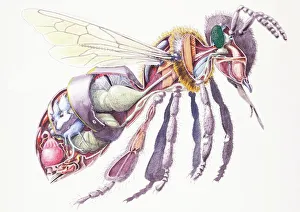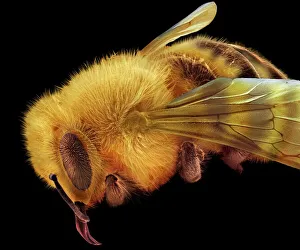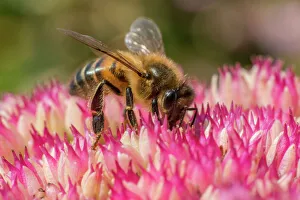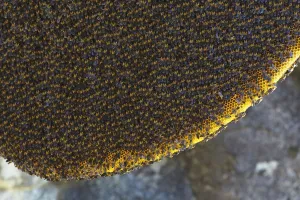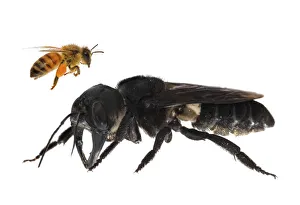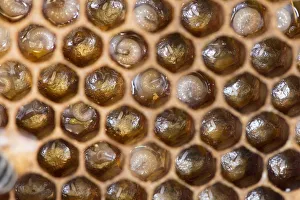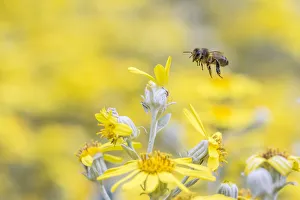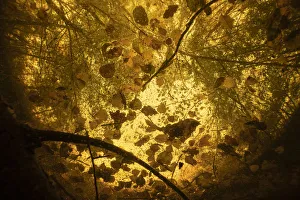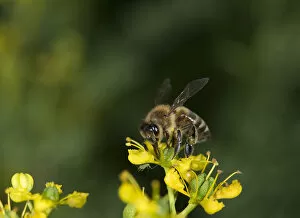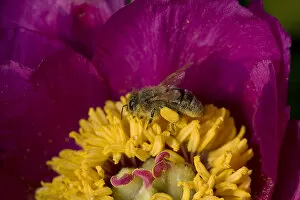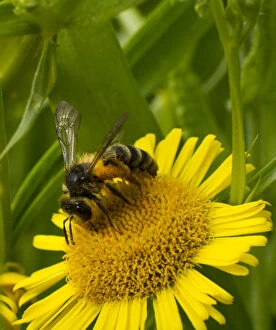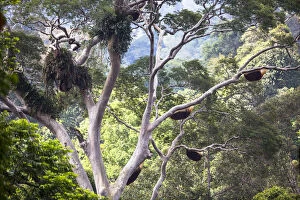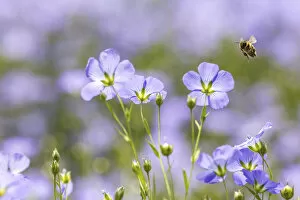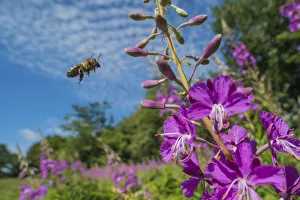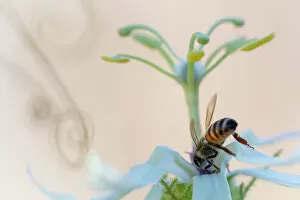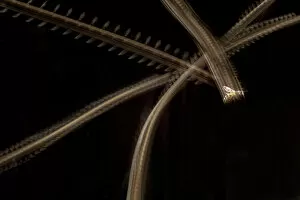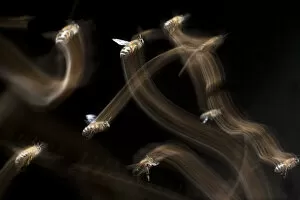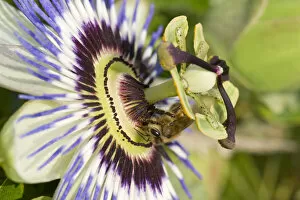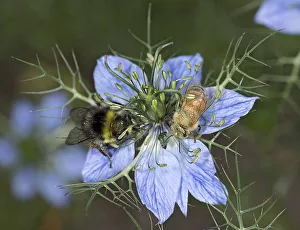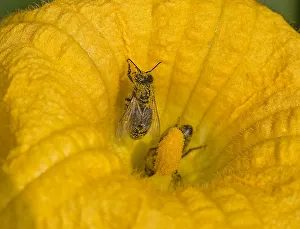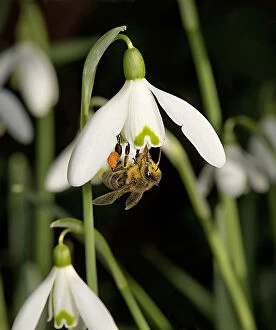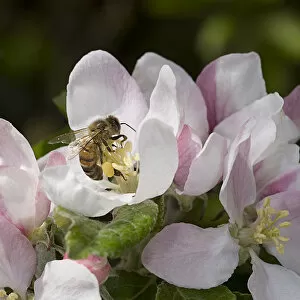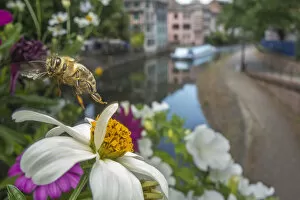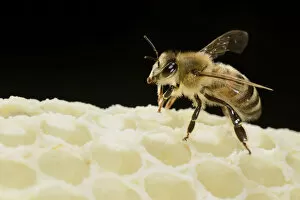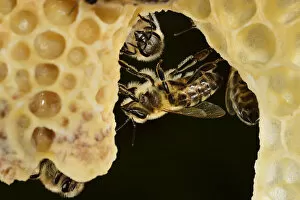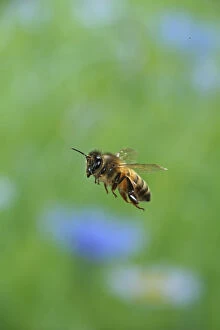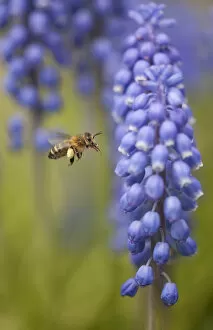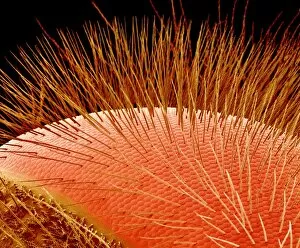Apini Collection
Apini, commonly known as honey bees (Apis mellifera), are fascinating creatures with intricate internal anatomy
All Professionally Made to Order for Quick Shipping
Apini, commonly known as honey bees (Apis mellifera), are fascinating creatures with intricate internal anatomy. A cross-section of these remarkable insects reveals their complex structure and organization. In a scanning electron microscope image, the European honey bee can be seen delicately feeding on vibrant ice plant flowers, showcasing the vital role they play in pollination. Traveling to Danzante Island in Loreto Bay National Park, Sea of Cortez, Mexico during May offers a breathtaking sight - Western honeybees diligently pollinating Desert passionflower. Witnessing this harmonious interaction between species is truly awe-inspiring. High up on Mount Namjagbarwa in Yarlung, Himalayan honey bees (Apis dorsata laboriosa) create mesmerizing combs that showcase their industrious nature. These majestic creatures work together to build intricate structures while collecting nectar from the surrounding flora. A composite image featuring Wallaceas giant bee alongside the European honey bee highlights the diversity within the Apini family. These two distinct species coexist and contribute to our ecosystem's delicate balance. In Norfolk, England during June 2017, an up-close view of a Honey Bee comb reveals carefully nurtured larvae nestled within its cells. This glimpse into their nurturing behavior showcases their dedication to ensuring future generations thrive. Observing a Honeybee gracefully flying towards Bluebell flowers in Monmouthshire evokes a sense of tranquility and appreciation for nature's beauty. Their flight patterns demonstrate both elegance and purpose as they seek out nourishment for themselves and aid in flower reproduction simultaneously. The European honey bee takes center stage once again as it feeds on Brachyglottis sp flowers while suspended mid-air. The symbiotic relationship between these blossoms and Apini exemplifies how essential pollinators are for maintaining biodiversity. Nectaring on Crab apple trees (Malus sylvestnis), Honey Bees display impressive pollen baskets filled with golden grains.

